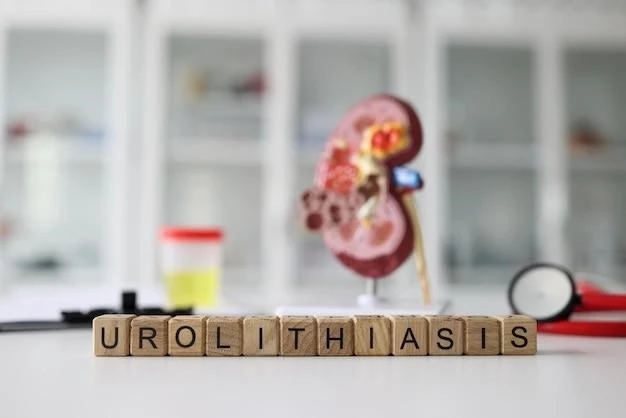Causes and Symptoms of Choroideremia
Treatment Options for Choroideremia
Genetic Testing for Choroideremia
Causes and Symptoms of Choroideremia
Choroideremia is a rare genetic disorder characterized by progressive vision loss. It is caused by mutations in the CHM gene‚ which leads to degeneration of the choroid and retina. Symptoms include night blindness‚ peripheral vision loss‚ and eventual central vision loss. The disease primarily affects males‚ with symptoms typically appearing in childhood or adolescence. The degeneration of the retina and choroid ultimately leads to blindness. Early diagnosis through genetic testing is crucial for proper management and treatment. Understanding the causes and symptoms of choroideremia is essential in developing effective strategies to slow disease progression and preserve vision.
Genetic Testing for Choroideremia
Treatment Options for Choroideremia
Genetic Testing for Choroideremia
Genetic testing plays a pivotal role in diagnosing choroideremia by identifying mutations in the CHM gene. This testing can confirm the presence of the gene mutation in individuals with suspected choroideremia. Understanding the specific genetic mutation not only aids in diagnosis but also guides personalized treatment plans and provides valuable information for genetic counseling. By pinpointing the genetic cause of choroideremia‚ healthcare providers can offer tailored care and monitor disease progression effectively. Genetic testing is instrumental in managing choroideremia and planning for future treatments and interventions.
Treatment Options for Choroideremia
Currently‚ there is no cure for choroideremia. Treatment focuses on managing symptoms and slowing disease progression. One potential treatment approach is gene therapy‚ which aims to replace the mutated CHM gene with a functional copy to halt vision loss. Clinical trials are ongoing to assess the effectiveness and safety of gene therapy in treating choroideremia. Low-vision aids and assistive technologies can help individuals with vision loss maintain independence and quality of life. Regular monitoring by ophthalmologists and genetic counselors is essential for optimizing treatment plans and making informed decisions about the available options.
Management of Vision Loss in Choroideremia
Managing vision loss in choroideremia requires a multidisciplinary approach. Low-vision aids‚ orientation and mobility training‚ and adaptive technology can help individuals optimize their remaining vision and maintain independence. Regular eye examinations and genetic counseling are vital for monitoring disease progression and adapting management strategies accordingly. Counseling and support groups can also provide emotional and psychological support for individuals coping with vision loss. Comprehensive management of vision loss in choroideremia aims to enhance quality of life and enable individuals to lead fulfilling and independent lives despite the challenges posed by the condition.
Research Advances in Choroideremia Treatment
Ongoing research in choroideremia treatment is focused on developing novel therapies to slow disease progression and preserve vision. Gene therapy‚ stem cell therapy‚ and pharmacological interventions are among the innovative approaches being investigated. Clinical trials are testing the safety and efficacy of these treatments in individuals with choroideremia‚ with the aim of providing targeted therapeutic options in the future. Collaborations between researchers‚ clinicians‚ and pharmaceutical companies are crucial for advancing the understanding of choroideremia and translating scientific discoveries into practical treatments that can improve the lives of those affected by this rare genetic disorder.
Understanding the Progression of Choroideremia
Understanding the progression of choroideremia is crucial for implementing optimal management strategies. This progressive genetic disorder leads to vision loss as the choroid and retina degenerate over time. The disease typically follows a predictable pattern starting with night blindness‚ followed by peripheral vision loss‚ and eventually central vision impairment. Monitoring disease progression through regular eye examinations and genetic testing can help clinicians track the advancement of choroideremia and adjust treatment plans accordingly. By comprehensively understanding how the condition evolves‚ healthcare providers can offer personalized care that addresses the specific needs of individuals with choroideremia.
Choroideremia⁚ Impact on Quality of Life
Support Resources for Individuals with Choroideremia
Choroideremia⁚ Impact on Quality of Life
Choroideremia can significantly impact the quality of life of affected individuals due to progressive vision loss. The condition can affect daily activities‚ independence‚ and mental well-being. Adapting to changes in vision‚ accessing appropriate support services‚ and finding ways to maintain activities that bring joy are essential for enhancing quality of life despite the challenges posed by choroideremia. Utilizing low-vision aids‚ seeking emotional support‚ and staying informed about the latest research developments can empower individuals with choroideremia to lead fulfilling lives and navigate the complexities of living with a rare genetic disorder.
Support Resources for Individuals with Choroideremia

Individuals with choroideremia can benefit from a range of support resources tailored to their unique needs. Vision rehabilitation services‚ low-vision clinics‚ and occupational therapy can help individuals adapt to vision loss and maintain independence. Genetic counseling services provide valuable information about the condition‚ inheritance patterns‚ and family planning options. Support groups and online communities offer emotional support‚ shared experiences‚ and practical advice for coping with choroideremia. Accessing reputable resources‚ connecting with healthcare professionals‚ and participating in clinical trials can empower individuals with choroideremia to navigate their journey with the condition and improve their overall well-being.
